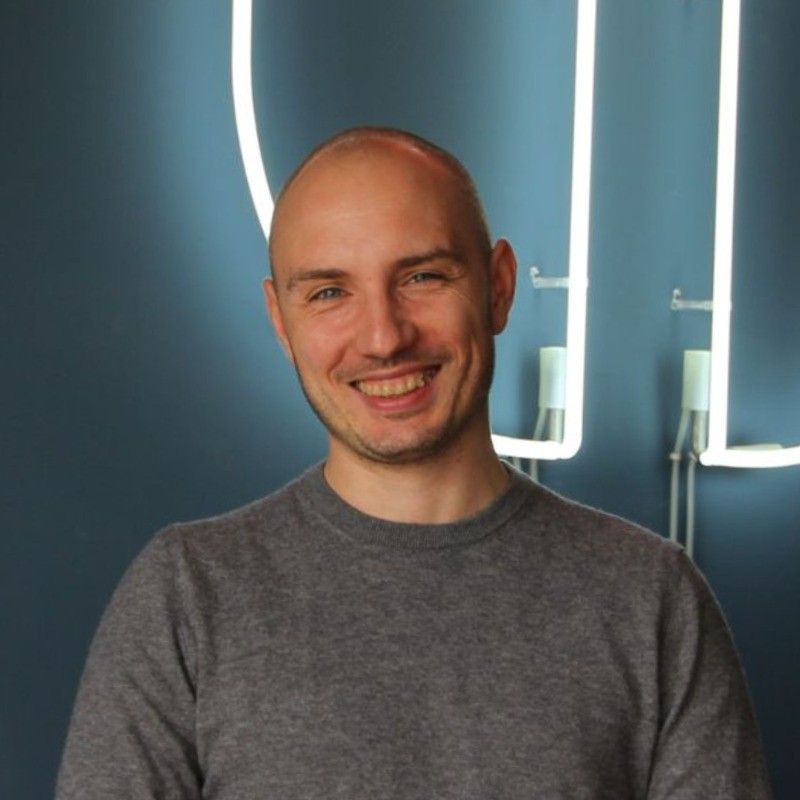For workaholics like myself, the prospect of a holiday can feel akin to the impending doom of a critical system outage. The thought of being offline, disconnected from the digital pulse of the business, is enough to trigger anxiety. For years, I made sure that even on vacation, I could log in, check the logs, and ensure everything was humming along - at least for a couple of hours each day. That was until recently when I embarked on a long-awaited camping trip, kayaking through a remote national park. Naturally, there was no internet, and I could barely get a bar of signal. To my surprise, after a week of disconnection, I returned to find everything in perfect order. The team had thrived, the system was running smoothly, and nothing had gone catastrophically wrong.
But how could this be? How could the gears keep turning without my constant oversight?
The first and foremost: The People.
Let's start with the most critical component - our people. At ToolTime, it's the mindset that makes the difference. Our engineering culture is built on proactivity and pragmatism. We’ve removed the term "Tech Debt" from our vocabulary, not because we ignore it, but because we refuse to let it become an excuse to chase unnecessary perfection at the expense of delivering what's needed. The emphasis is always on pragmatic engineering - solving the right problems, not every possible problem.
We also did away with the archaic concept of a "release" as an extraordinary event. Deployments are just another part of our daily routine, as mundane as grabbing a coffee. When things inevitably go wrong, we do have robust safety mechanisms in place to minimize the impact, reducing the fear of making mistakes to near zero. This has fostered a culture where failure is viewed as an opportunity to learn rather than a cause for blame. Engineers at ToolTime aren’t just cogs in a machine; they’re empowered decision-makers, backed by a culture that encourages growth through trial and error.
Our Engineering Leads deserve a special mention here. They aren’t just figureheads - they're enablers, providing the guidance necessary for engineers to make informed decisions. Whether it’s a complex architectural question or a subtle coding nuance, our leads are there to help, ensuring that even in times of doubt, the team has a clear path forward.
The second: The Tech
But people alone can’t carry the entire load. The technology stack at ToolTime is designed to support rapid development without sacrificing stability.
Let's begin with our Continuous Integration (CI) systems, the heart of modern software development. These systems catch errors at the earliest possible stage - before they even make it to build time. Who doesn't love a good linter pointing out your coding sins? Every commit triggers a battery of tests, providing immediate feedback and building confidence in the code we write.
Our deployment pipeline is a well-oiled machine, powered by a GitOps approach with ArgoCD at its core. This setup doesn't just deploy code; it controls and monitors the entire process, ensuring that if an application fails to start, it never sees the light of day. Rollbacks? They’re as painless as Ctrl+Z in your favourite text editor. The system's modular architecture is designed with graceful degradation in mind. We write contracts first, then code to those contracts, creating well-defined boundaries that limit the blast radius when things go wrong.
Kubernetes handles the heavy lifting when it comes to deployments, scalability, and redundancy. It’s like having an army of robots working tirelessly behind the scenes, ensuring that our applications remain resilient and responsive. And then there's Terraform, the command-line magician that can create and wipe out our entire cloud infrastructure with just three commands (terraform apply, helm install, and terraform apply again). We've migrated entire EKS clusters in production with zero downtime—yes, zero-during normal working hours. It’s like swapping out the engine of a car while speeding down the highway, and somehow, nobody in the car notices.
For observability, Datadog is our all-seeing eye. It gives us deep insights into system performance and has enough bells and whistles to alert us the moment something starts to go south. It’s like having a smoke detector that also monitors your pulse, blood pressure, and probably even your mood.
And the last: The process
The process - a necessary evil, but at ToolTime, we've distilled it down to the essentials. Think of it as a lean, mean, agile machine. The guiding principle is simple: "Do what's right." We have a few core guidelines to keep us on track:
- The backlog governs priorities. If it’s on top, it’s what we’re working on.
- Work on one ticket at a time. Multitasking is just a fancy word for doing multiple things poorly.
- Bugs always take precedence. They go straight to the top of the backlog.
- When there's a fire, everyone drops what they're doing. No exceptions. It’s all hands on deck.
- Draw the architecture before you code the feature. Because a picture is worth a thousand lines of code.
The storm
In short, I just wanted to take a moment to appreciate how far ToolTime has come. We’re not just prepared for storms; we’re accepting them with a calm confidence that would have seemed impossible a few years ago. The shutters are secured, the tools are stored away but ready for action, and the team is more than capable of handling whatever the elements throw at us.
The storm, much like our daily releases, has become a routine part of life—no longer something to fear but something we’re well-prepared for. Not that we’re recklessly seeking out the eye of the cyclone, but we’re no longer intimidated by its presence. We’re ready, and with that readiness comes the peace of mind that allows me to do something I never thought possible: take a nap.

